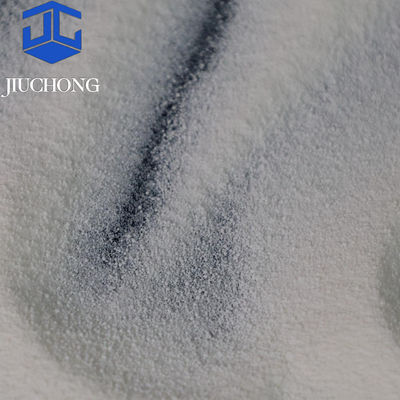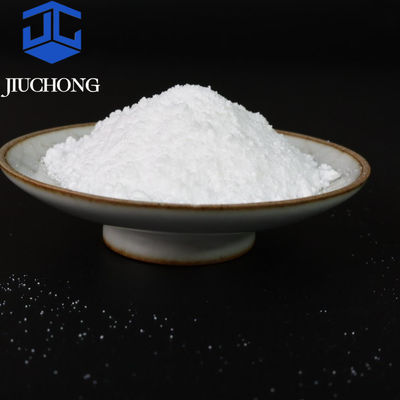-
Magnesium Sulphate Salt
-
Ammonium Sulphate Chemical
-
Sodium Carbonate Chemical
-
Calcium Chloride Chemical
-
Magnesium Chloride Chemical
-
Magnesium Oxide
-
Raw Material Chemicals
-
Sodium Metabisulfite Chemical
-
Sodium Bicarbonate Chemical
-
Poly Aluminium Chloride
-
Aluminium Sulphate Salt
-
Ferrous Sulfate Chemical
-
Industrial Salt
-
Sodium Sulfite
-
Sodium Sulphate
-
Agriculture Fertilizers
-
 Jaime GonzalezBuilding Chemistry, Shaping Tomorrow! We trust that JIUCHONG will continue to deliver excellent products and services, ensuring long-term mutual success.
Jaime GonzalezBuilding Chemistry, Shaping Tomorrow! We trust that JIUCHONG will continue to deliver excellent products and services, ensuring long-term mutual success.
White Carbon Black Silica Aerogel For Precipitated Silica In Cosmetics

Contact me for free samples and coupons.
Whatsapp:0086 18588475571
Wechat: 0086 18588475571
Skype: sales10@aixton.com
If you have any concern, we provide 24-hour online help.
x| Appearance | White Solid Powder | Ph | 5.5 - 7.0 (5% Solution) |
|---|---|---|---|
| Odor | Odorless | Storage Conditions | Store In A Cool, Dry, Well-ventilated Area |
| Sample | 100g Free | Package | Customized |
| Highlight | White Carbon Black Silica Aerogel,cosmetics silica aerogel |
||
Product Description:
White Carbon Black (Precipitated Silica) - Key Technical Indicators
White carbon black (precipitated silica) is characterized by several critical parameters that determine its performance in different applications. Below are the main technical specifications and testing standards:
Physical & Chemical Properties
| Parameter | Typical Range | Test Method | Significance |
|---|---|---|---|
| SiO₂ Purity (%) | ≥ 90% – 99.5% | ISO 3262 / GB/T 20020 | Higher purity = better performance in food/pharma |
| Loss on Drying (105°C, %) | ≤ 5.0% – 7.0% | GB/T 6284 / ISO 787-2 | Moisture content affects flowability |
| Ignition Loss (1000°C, %) | ≤ 5.0% – 10.0% | GB/T 5211.3 / ISO 3262 | Measures volatile content |
| pH Value | 6.0 – 7.5 (neutral) | GB/T 1717 / ISO 787-9 | Affects compatibility in rubber/plastics |
| Bulk Density (g/cm³) | 0.15 – 0.30 (loose) | GB/T 5211.4 / ISO 787-11 | Influences handling & mixi |
Particle & Surface Characteristics
| Parameter | Typical Range | Test Method | Application Impact |
|---|---|---|---|
| Average Particle Size (µm) | 1 – 20 (nanoscale available) | Laser diffraction (ISO 13320) | Finer particles = better reinforcement |
| Surface Area (BET, m²/g) | 50 – 400 | GB/T 23656 / ISO 9277 | Higher surface area = better adsorption |
| Oil Absorption (g/100g) | 100 – 300 | GB/T 5211.15 / ISO 787-5 | Key for rubber & coatings |
| Pore Volume (cm³/g) | 0.5 – 2.5 | Mercury porosimetry | Affects thickeni |
Key Properties:
Chemical Formula: SiO₂
Appearance: White, fluffy powder
Particle Size: Ultra-fine (nanoscale to micrometers)
Surface Area: High (50–400 m²/g, depending on grade)
Porosity: Adjustable (influences absorption and reinforcement properties)
Non-toxic & Chemically Inert (safe for food, pharmaceuticals, and cosmetics)
Performance in Key Applications
A. Rubber & Tire Industry
-
Reinforcement Index (Tensile strength, modulus) – ASTM D412
-
Abrasion Resistance – DIN 53516
-
Dispersibility – Microscopy & rheology tests
B. Food & Pharmaceuticals (E551)
-
Heavy Metals (Pb, As, Hg, Cd) ≤ 10 ppm (GB 25576 / FCC)
-
Microbial Limits – USP <61> / EP 2.6.12
-
Soluble Chlorides & Sulfates – ≤ 0.5%
C. Coatings & Inks
Viscosity Control – ISO 3219 (rheometer)
Matting Efficiency – 20°–60° gloss measurement (ASTM D523)
Storage and Handling:
• Storage: Silica should be stored in a cool, dry place, away from moisture and direct sunlight. It should be kept in airtight containers to prevent moisture absorption.
• Handling: When handling silica, it is important to avoid contact with skin and eyes. In case of contact, immediate rinsing with water is recommended. Protective gloves and goggles should be worn during handling.
Common Industry Standards
-
China: HG/T 3061-2020 (Precipitated Silica for Rubber)
-
International: ISO 3262 (Extenders for Paints), USP-NF (Pharma Grade)
-
Food Safety: FDA 21 CFR 172.480, EU E551








